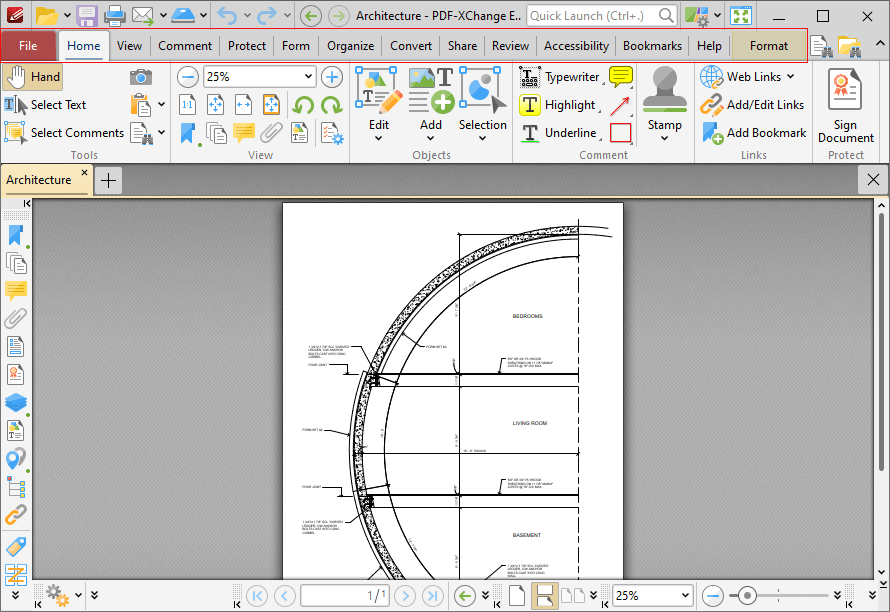![]() PDF-XChange Editor V9
PDF-XChange Editor V9
PDF-XChange Editor is one of the fastest and most feature-rich applications used worldwide to create, view, edit and annotate PDF files.
PDF-XChange Lite, our award-winning technology that installs as a virtual printer, is included with this product. It can be used to print-to-PDF from Windows applications and features an optimized hybrid engine that significantly increases the quality of conversion for images and image-based text characters, and prints to both GDI and XPS. The PDF-XChange Lite user manual is available here.
We offer several other applications for the manipulation of PDF and image files. Please see the PDF-XChange Products Page for further information. The User Forums are an excellent resource for troubleshooting, and our Knowledgebase contains over four hundred articles about our software and other relevant information. If you have any queries then please Contact Us.
Please note that this manual details PDF-XChange Editor when it is viewed in the Ribbon UI, which was introduced in version seven. The Classic UI version of the manual is available here.
This manual is composed of the following sections:
•Installation details the installation process, system requirements, installation switch options and licensing details for the software.
•Features Overview details the main features of PDF-XChange Editor.
•Explore the User Interface details the software as it appears via the ribbon user interface.
•The Tabs Guide is structured to match the UI of the software and details comprehensive operational instructions for its features and functionality. The ribbon tabs each have a corresponding section in the manual, where their submenu options and associated settings are explained. The ribbon tabs are highlighted in the image below.
•Appendix details additional information that relates to the software.
•PDF-XChange Lite User Manual is the user manual for the PDF-XChange Lite virtual printer, which is included with this product.

Figure 1. Ribbon Tabs
A PDF version of this manual is available here. The system administrator's guide, for managing PDF-XChange products across an enterprise, is available here.
The PDF Format
The Portable Document Format (PDF) is an internationally-recognized file format that was developed in 1992 in order to present documents, including text formatting and images, between users of different platforms, application software, hardware and operating systems, who may not have access to mutually-compatible application software. PDF files are based on the PostScript page-description language, and every PDF file contains a complete description of a fixed-layout flat document, including the text, fonts, vector graphics, raster images and other information required to display it. PDF was standardized as an open format in 2008, and since then has expanded to contain a range of additional content besides flat text and graphics, including logical structuring elements, interactive elements such as annotations and form fields, layers, rich media (including video content), three dimensional objects that use the U3D or PRC formats, encryption options, digital signatures, file attachments and document metadata. The specifications of the PDF format are defined and maintained by the International Organization for Standardization (ISO), which determines the content that is permitted in PDF documents, the properties of that content and the manner in which it can be manipulated. The original PDF specification was created in 1993, and since then it has been regularly expanded and enhanced to include additional content. The ISO published the most recent specification, PDF 2.0, ISO 32000-2:2020, in December 2020. All documents that are created and/or edited with PDF-XChange Editor conform to the ISO specification and are therefore compatible with all systems and software worldwide that also conform to the ISO specification.